The Salem Witch Trials
The Salem Witch Trials of 1692 are one of the most infamous events in American history. These tragic events are shrouded in mystery and have left many questions unanswered.

It’s important to understand the historical background of the witch trials in order to understand the underlying causes and gain insight into the aftermath.
Here, we will take a look at the facts surrounding the Salem Witch Trials of 1692 and explore the historical background of the witch trials in order to gain a better understanding of this dark moment in history.

What Led to the Trials?
The Salem Witch Trials of 1692 is one of the most infamous and intriguing events in American history.
The witch hunts began when two young girls, Elizabeth Parris and Abigail Williams, began experiencing strange fits and hallucinations. It was initially thought to be the result of witchcraft and thus began the hysteria that was to lead to the trials.
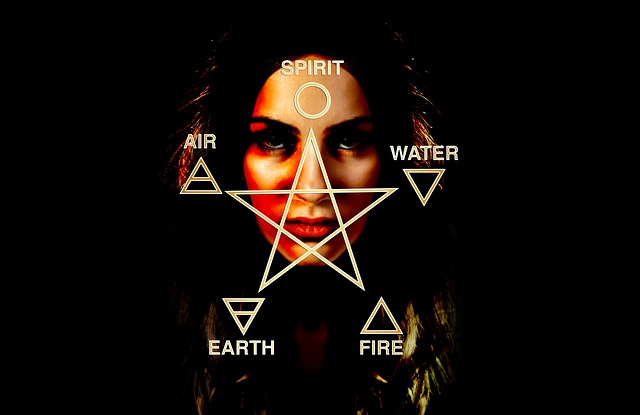
The village of Salem was then split into factions of belief. One group followed Reverend Samuel Parris, who believed that witchcraft had been at work in Salem. The other faction believed it was caused by something else entirely.
To end the controversy, the Governor of Massachusetts issued a special Court of Oyer and Terminer in May 1692 to try those accused of witchcraft. A total of Thirteen women and five men were eventually arrested and brought to trial for allegedly practising witchcraft.

During the trial, many of the accused confessed to witchcraft to save themselves from execution. Nevertheless, nineteen people were ultimately found guilty and were hanged on June 10, 1692.
The Salem Witch Trials were one of the most significant episodes in the history of America and its legacy is still remembered today as an example of mass hysteria and witch hunting.

The Accused Witches
During the Salem Witch Trials of 1692, thirteen women and five men were accused of witchcraft. These individuals were targeted by neighbours who believed they had committed acts of evil. They were brought before the special Court of Oyer and Terminer, which was created for witch hunting.
The court sentenced nineteen of the accused to death, with fourteen of those hanged on June 10th. The accused witches during this period of history are a vital part of American history, as it serves as a reminder of the consequences of hysteria and superstition.
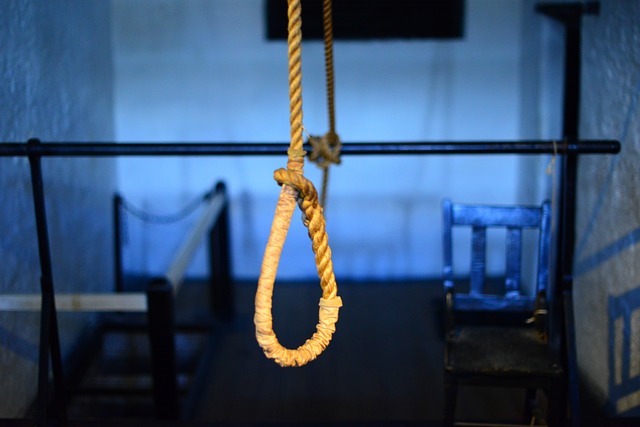
The Trials
The Salem Witch Trials began in February 1692 and lasted until May 1693. During this time, more than 200 people were accused of witchcraft, and 20 were eventually executed. The first phase of the trials involved a special Court of Oyer and Terminer that was established by Governor William Phips. Thirteen women and five men were arrested and brought to trial.
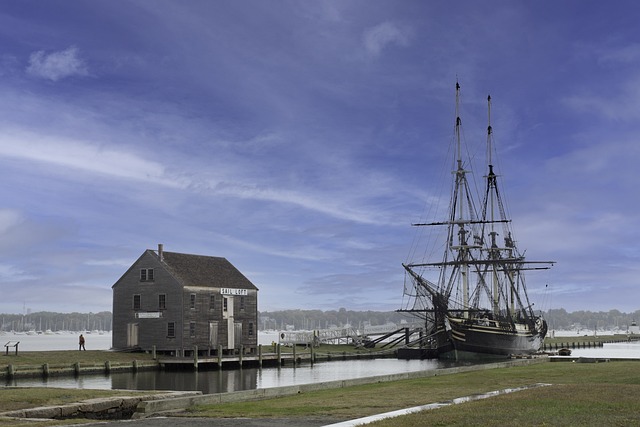
At the trials, people accused of witchcraft faced a panel of judges who asked them questions and determined if they were guilty or not. During this process, witnesses were called in to testify against them, and evidence was presented to support the accusations.
The trials resulted in the conviction and execution of many of those accused, with nineteen people being hanged on June 10, 1692. This event is known as one of the darkest moments in the history of America.
The Salem Witch Trials were an example of how the fear and hysteria of witch hunting can quickly take over a community. While we may never know the exact reasons for what happened during this dark period of history, it is clear that the consequences of these trials were far-reaching and had a lasting impact on society.
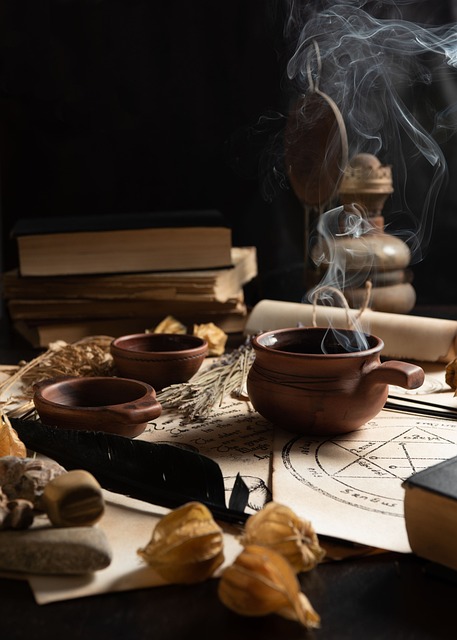
The Aftermath
The Salem Witch Trials of 1692 ended in the hangings of thirteen women and five men, with one man crushed to death by stones. The remaining accused were released, but many lives were forever changed by the events.
The Special Court of Oyer and Terminer, which was responsible for holding the trials, was dissolved in October 1692 and their records were destroyed.
Though this effectively ended the witch hunt in Salem, similar hysteria spread to other towns in New England, resulting in more than 200 people being accused of witchcraft.
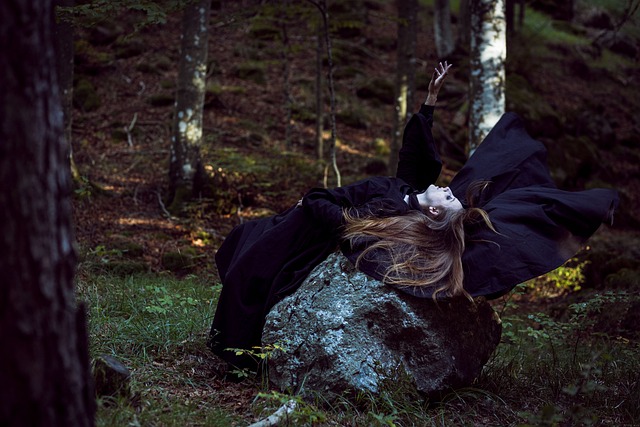
Today, the Salem Witch Trials are remembered as a dark moment in American history. They serve as a reminder of how easily fear and hysteria can lead to injustice and tragedy.
Though witch-hunting is no longer commonplace, it is important to remember this part of our history to prevent such a situation from occurring again.
- Colonial Period
- British and French colonies
- Colonial America Timeline – Key Dates from 1606 to 1776
- Colonial Farm Family Life: Daily Struggles and Survival
- Colonial Homes of the 17th Century: Architecture, History, and Design
- Colonial Houses
- Colonial Period Timeline
- Colonial Period: Top 10 Defining Events
- Colonies of New England
- Colony Life
- Discover Who Wrote the Mayflower Compact
- Dutch Colonization
- Early Settlers
- French Colonization
- Middle Colonies
- Native American Timeline: Key Events in the Colonial Era
- Plymouth Colony – Pilgrims
- Red Coats in Colonial Times
- Spanish Colonization
- The 13 Colonies: Foundations of Early America
- The British Colonization of the Americas: Beginnings and Expansion
- The Colonial Wars: Conflict and Empire in Early America
- The House of Burgesses
- The Salem Witch Trials
- Top 10 Colonial People
- Top 10 Key Events of the Colonial Period in American History
- What was the Seven Years War?
- Who Were the Puritans?
- Why the Pilgrims Chose to Land Where They Did
- William Penn